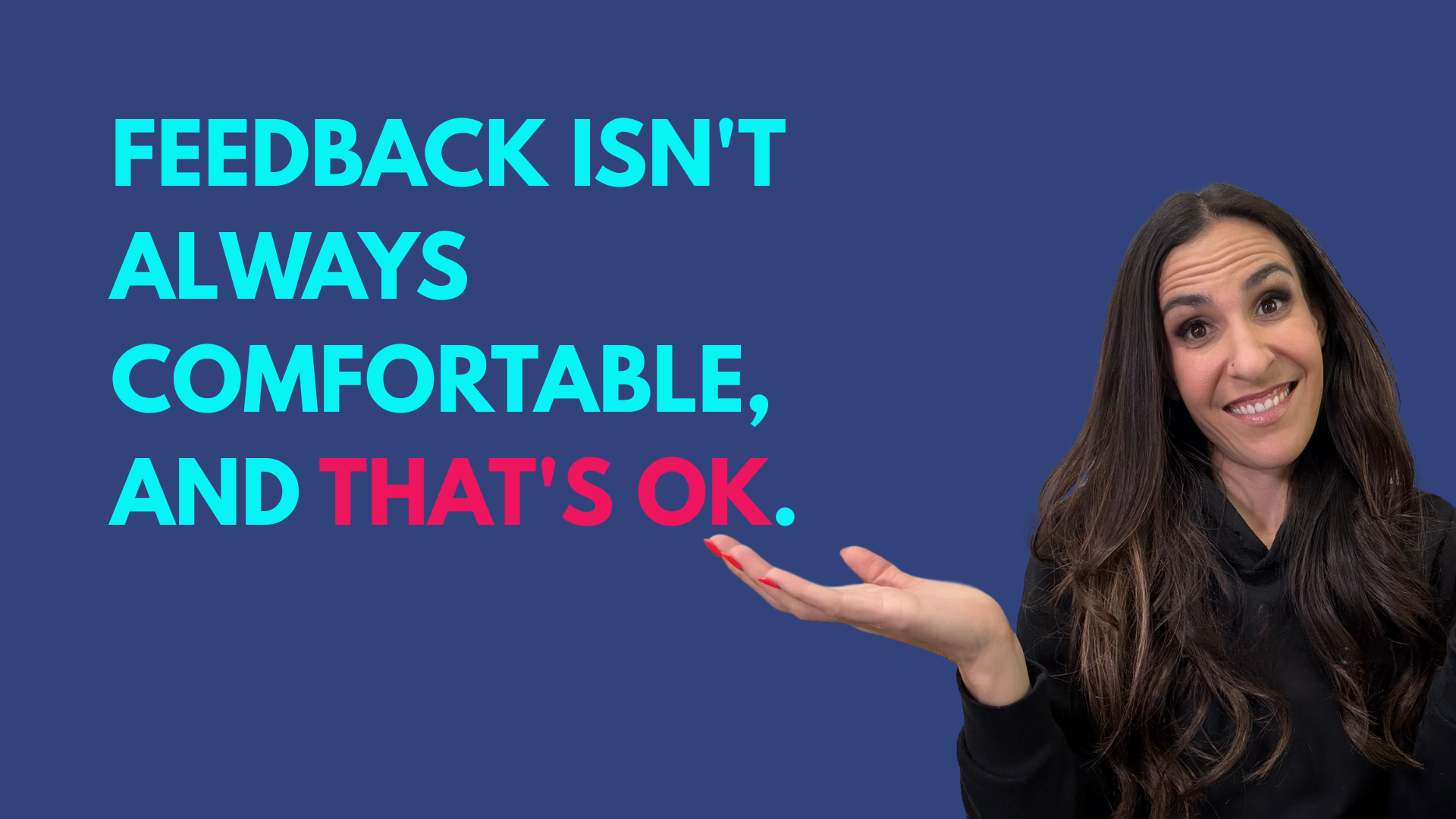“Can I give you some feedback?”
Six words that when uttered, send our stomachs turning like we’re on the Drop Zone ride at Great America.
But when it comes to becoming the best in our work, besides the need to demystify feedback by sharing recognition and appreciation… it’s also ok to hear feedback that we don’t love.
In this week’s episode of The New Manager Playbook, I tackle a growing crisis in modern leadership: our collective hesitation to make anyone feel uncomfortable, even when that discomfort is essential for growth. And even when we’re bringing empathy with the message.
🎧 Listen to it on YouTube // Apple // Spotify 🎧
The Feedback Avoidance Epidemic
Today’s workplace has developed an allergic reaction to feedback. Leaders fear:
-
Team members quitting after constructive conversations
-
Reports to HR over reasonable performance discussions
-
Being labeled as “harsh” or “old school” for holding standards
This reluctance becomes particularly acute with remote workers, new employees entering their first professional roles, and teams navigating generational differences in workplace expectations.
And as managers, we’re thinking – but often the way we get better at something is to be stretched outside our comfort zone.
The Pull-Ups Problem
Consider the metaphor for this challenge: ditching the pull-ups.
Parents out there know, that in the shift from wearing pull-ups at night, it’s the transition out of pull-ups and a few uncomfortable nights with a wet bed that trains the body to wake up and use the bathroom.
While it might be a too literal, it makes sense, right?
In avoiding feedback, we’re refusing to let our team members experience the necessary discomfort that drives change. Instead, we’re keeping them in organizational “pull-ups” where they never feel the natural consequences of their actions.
“When we don’t put our team members in that situation, they’re wearing pull-ups the whole time and are not learning the valuable information they need based on being uncomfortable a few times.”
The High Standards Origin Story
In the episode, I share a story from my early career where I had an incredibly demanding boss who held extraordinarily high standards:
“He was someone that if you made a mistake, you were going to feel embarrassed about it… I knew the stakes were high, I knew he had a high standard, and I sure as hell knew that if I didn’t hit that or I had a mistake, I was going to hear about it.”
But I didn’t hate this boss. He was one of the best I ever had, and we still keep in touch to this day.
This experience instilled habits of diligence and precision that shaped my entire career, benefits I wouldn’t have received if my manager had prioritized my comfort over my growth.
Three Keys to Making Feedback Work Again
1. Demonstrate Vulnerability First
Share your own examples of mistakes, hard lessons, and course corrections before asking others to receive feedback.
When leaders model this behavior, team members see that discomfort is survivable and valuable.
2. Set Crystal-Clear Expectations
Feedback without clear expectations feels arbitrary and personal. When managers complain team members aren’t “getting it,” my first question is always: “What expectations did you set?”
Often the answer is nothing concrete.
Feedback should be a discussion about whether established expectations were met, not a surprise introduction to standards that were never articulated.
3. Communicate High Standards With Confidence
As Greg Popovich, legendary coach of the San Antonio Spurs, told his teams: “We hold a high standard and you are on this team because we believe that you can meet that.”
This dual message of high expectations and expressed confidence creates the psychological safety necessary for people to stretch beyond their comfort zones.
🎧 Listen to it on YouTube // Apple // Spotify 🎧
Your Leadership Challenge
Ultimately, all growth: physical, mental, and professional, involves discomfort. By avoiding feedback to prevent momentary discomfort, we deny our teams the opportunity for lasting growth.
But this doesn’t mean we throw our empathy skills out the window.
This week:
-
Identify one piece of feedback you’ve been hesitating to give
-
Check whether you’ve set clear expectations in this area
-
Share a example of something you’re working on or how feedback helped you
-
Express confidence in your team member’s ability to action the feedback, and offer any support in closing the gap
It’s time to take off the pull-ups and embrace the power of productive discomfort.


